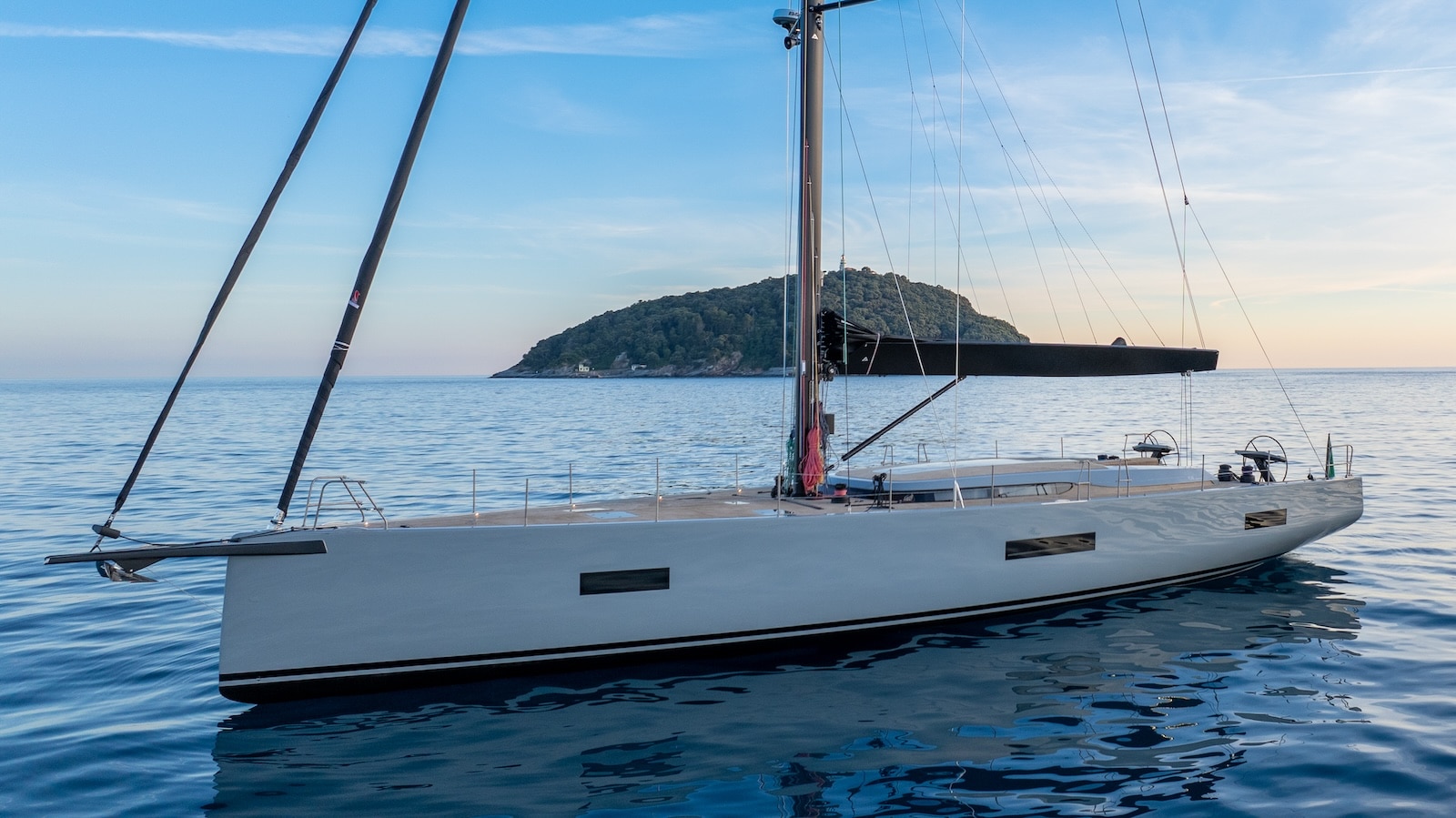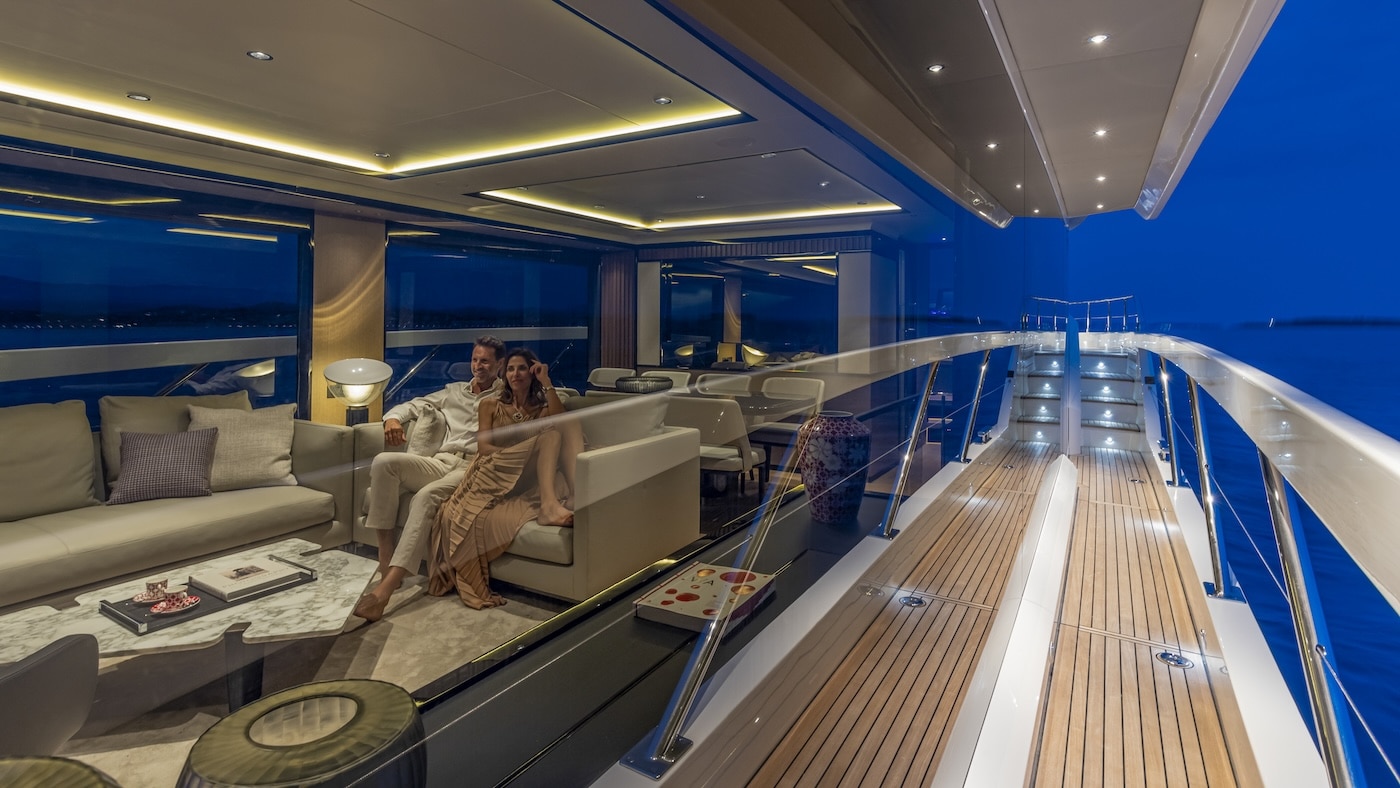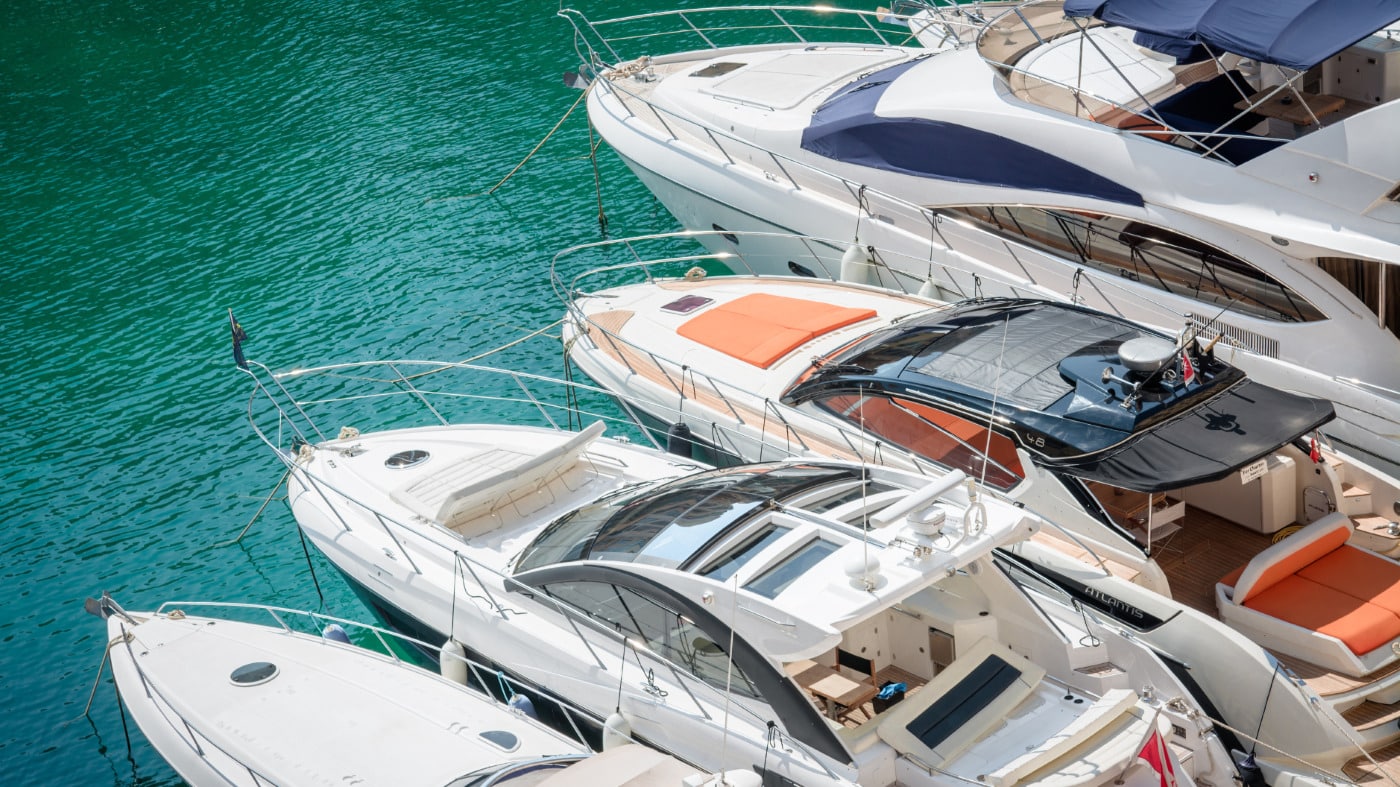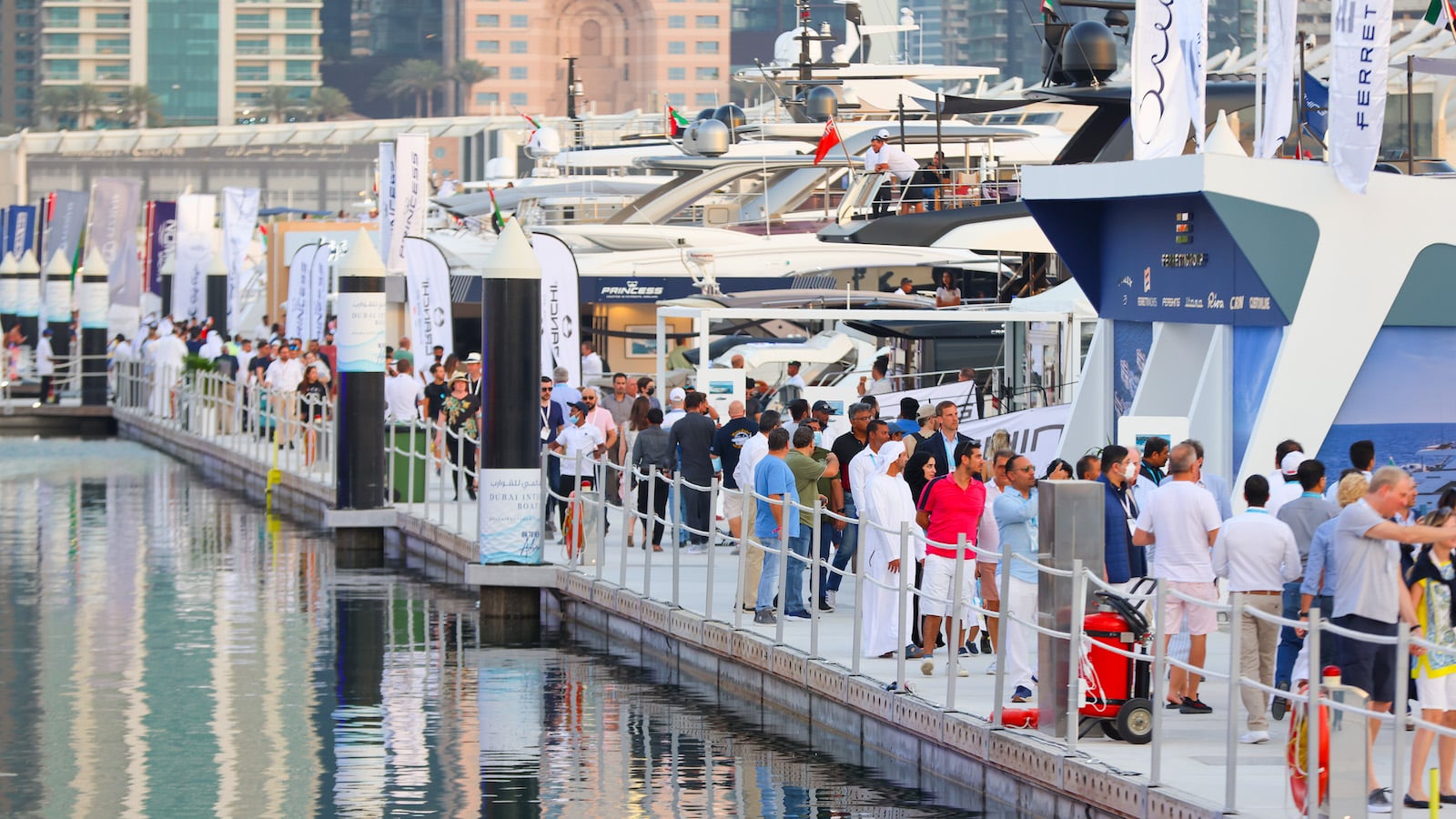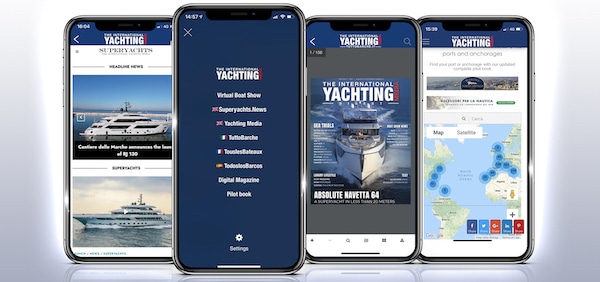Leggi l’articolo in italiano
We always take our boat tests seriously, which means that we left our four-stroke outboard at home and we sailed off with ONLY a Torqeedo 503 S.
First of all, we want to tell you that we had to overcome our initial skepticism : during our transfer crossings, we often thought about our electric outboard and we always wondered: will it make it?
And Torqeedo 503 S really made it! Mistral blowing in the last few days has allowed us to test it even in extreme conditions and it – our silent companion – never let us down.

The Torqeedo 503 S we tested is the short-shaft version, it weights 12.7 kg and it delivers over 500 watts of input power that in terms of propulsion is comparable with 1.5 HP petrol outboard.
And now, our test.
Tender boarding and assembly
Torqeedo is made up of 3 pieces whose assembly takes only one second and which allow to divide its weight into two objects of about 6 kg. This ensures an easy and light handling, so it can be used by anyone safely, even when waves make operations difficult.

The first thing to board is the shaft which must be secured to the tender’s transom. This operation is made easy by the low weight of the shaft itself.

Then, the battery, provided with a comfortable handle, must be inserted in the specific slots. Its handle will be later used to lift or lower the complete outboard.

Then, it’s the turn of the bar which must slide gently in the mounting.

Finally, a smart solid stop makes everything in-built. All steps are very easy and take no more than two minutes.
We tested our product by towing the tender with the boat, with the outboard lifted at over 7 knots. Our outboard was stable despite all strains; thus, we have to admit that the product is terribly strong.
While sailing
Starting the outboard won’t be a problem anymore. You only need to push the bottom on the bar for a second (switching off requires, on the contrary, three seconds) and the display turns on.
Torqueedo’s display shows lots of information:
on the upper part, we find the battery charge percentage, now 89%, while the lower part of the screen displays our remaining range ( 3 hours and 3 minutes) which is 
What we hear is a new noise, very similar to silence, which allows us to enjoy the water lapping on the hull.
There is a clearer perception of speed variations we can regulate through the handle on the bar which works also as reverse ( if you turn it in the opposite direction, of course), an other important advantage offered by Torqeedo.
Our maximum speed touched 4.1 knots, with calm sea and light breeze. Surfing is out of question but this outboard is not conceived for this. In reverse, always at full throttle, we touched about 3 knots.
Last night, there was a little mistral and we wanted to test our Torqeedo under strain; so, we loaded it 100% and we get off the boat for dinner; from the buoys of Santa Giulia in Corsica to the small restaurant on the opposite side of the bay there is, in a straight line, about half a mile, almost the double if you land first and then coast the elliptical profile of the bay, which means that, in total, we sailed almost 2 miles with evil steep small waves.
While we were having dinner, mistral started to blow more strongly up to 25-27 knots. When we came back, we coasted the beach and recorded a maximum speed of 3.2 knots upwind which tended to increase when we bore away; remaing range varied from 40 minutes at full throttle upwind to over 3 hours at a lower speed.
We had a remaining charge of 62%, not bad for a night tour in mistral. The only bummer is that display has no light, so we had to light it with a torch, to the detriment of night view.
Good performance for our tender, too, a Selva 270 VIB with inflatable keel, but we’ll told about it later.
https://youtu.be/R_gNBxykEkM
Recharge
Torqeeo can be charged in three different ways: through a solar charger (optional), a 12 v charger (optional) or the standard 220 v one.
We didn’t find the solar charger particularly efficient, since charge is too slow, but it can be good for short “joyrides”; for our test, we even invented a “solar tender”.

Excellent, on the contrary, the 220 V charger, which, through a small mobile inverter, charges from 40% to 100% in about 2 hours.
We didn’t test the 12 V charger because we didn’t have any but we think it’s the best solution.
What about price?
Torqeedo 503 s costs € 1,569 , VAT included.
With only 320 euros more, you can buy Torqeedo 1003 S, twice as powerful (comparable with 3 HP), we strongly recommend and that we would like to test because it may actually surf.
In conclusion, we liked this electric outboard very much, so much we’ve decided to keep it until the end of our cruise, but don’t tell Selva Marine (the exclusive importer) or it will remember and want it back….






















